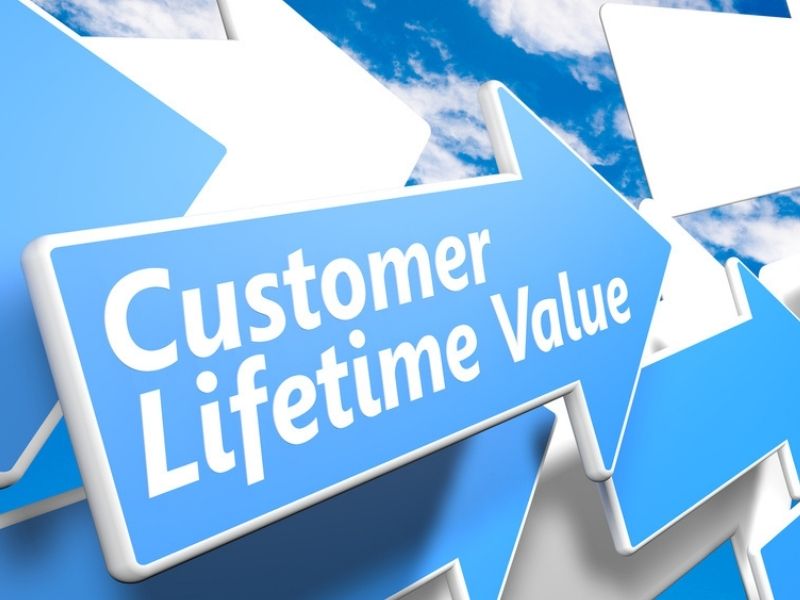Value is the name of the game for any business. If you’re looking to sell a product or service, then consumers need to see the value in what you have to offer. With value comes sales, with sales come success.
So, how can you determine the level of satisfaction customers have in the value you offer? The answer is customer value hierarchy, which is vital customer value management tool. Understanding how to incorporate this system into your business will help you measure consumer loyalty and net the repeat sales your business needs to thrive. Here’s everything you need to know.
Defining Customer Value
Customer value is simply how satisfied a consumer feels after purchasing your product in relation to what they had to do to make that purchase. That includes the money they spent as well as the time it took do so and their customer service experience.
The hierarchy part comes into play because customer value incorporates several tiers. Each level provides insight into the importance of your offerings to the consumer, what they expect, and what they do not expect from the buying experience.
Understanding Basic Tiers
The first two tiers of this system are lumped together, expressing basic values of customer expectation. These include things like how clean your location is, if you have enough items in stock, and if your stock encompasses a wide variety of offerings. For services, that can include the variety of services offered and how well your staff executes them.
These basics provide an essential foundation to customer value. Without them, it is impossible to create a high-quality experience for consumers. Keep in mind that basic values change from one business to the next. So, address what your customers may expect when doing business with your organization.
Understanding Advanced Tiers
The third tier is desired value, or what the customer would like to gain from their purchasing experience. This is where many companies set themselves apart by building increased value with add-on features. Expert customer service, monetary deals for additional relevant items, and even coupons fall into this category.
The final tier is known as unanticipated customer value. While you can easily anticipate the benefits of the methods mentioned above, there are other methods consumers may not expect. This allows you to jam pack the level of value you provide and create lifelong customers.
Satisfaction guarantees, experienced staff, and superb warranties are all excellent examples of unanticipated value. The goal of these methods is to exceed customer expectations, providing them with a memorable experience or a “wow” moment that gears them towards wanting to do repeat business with you.
The Power of Mastering Tiers
There’s no single, sure-fire way to go about building value. It all depends on your business, the market, and the industry you’re in. However, utilizing these tiers to your brand’s advantage positions your organization as one that offers high value to consumers and guarantees repeat customers who develop a bond of loyalty to your business.



